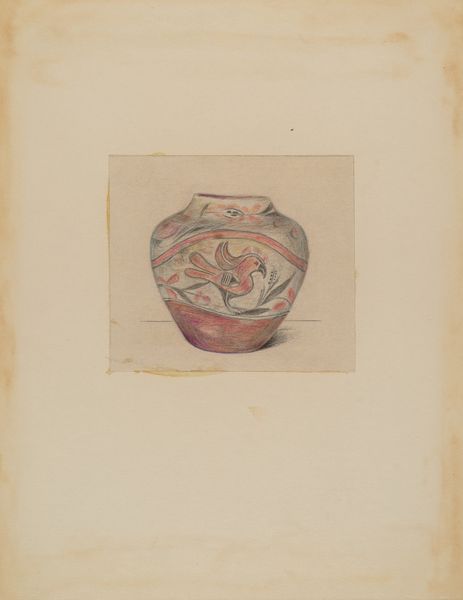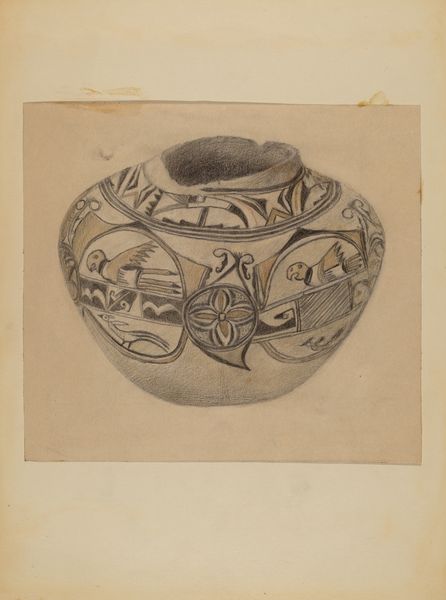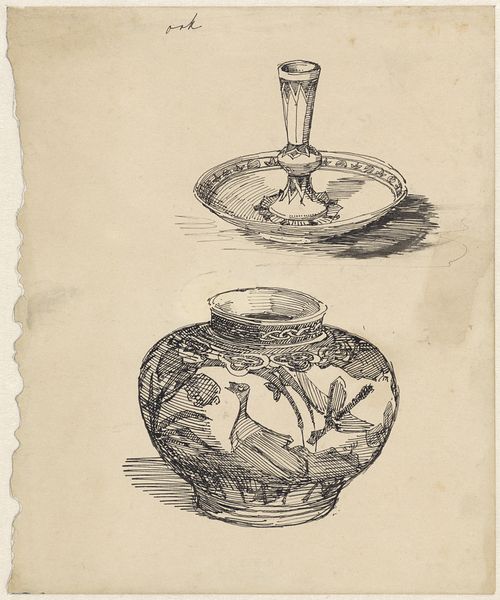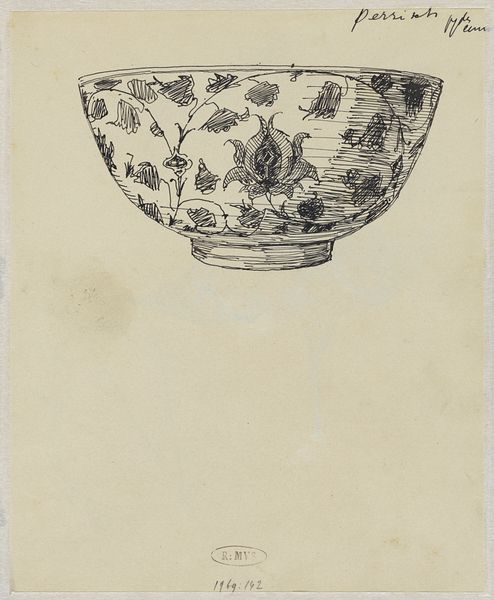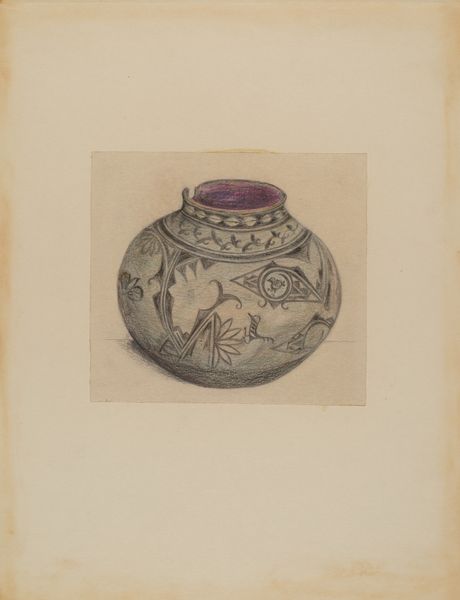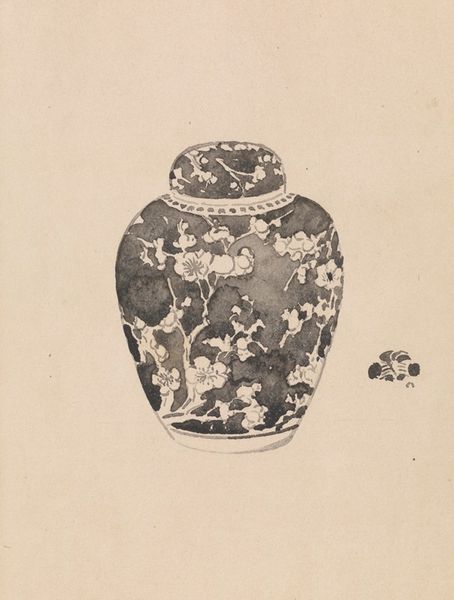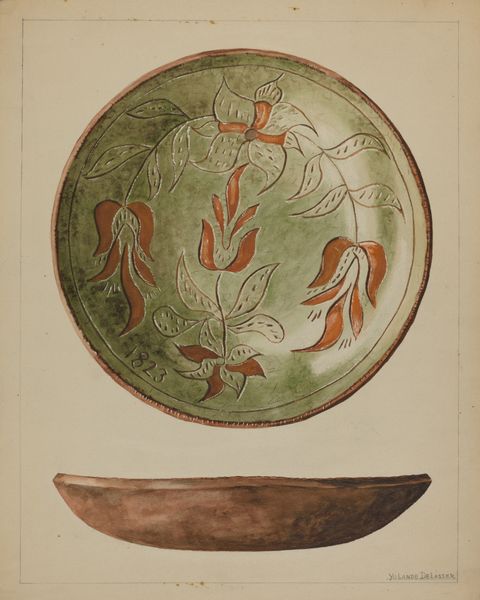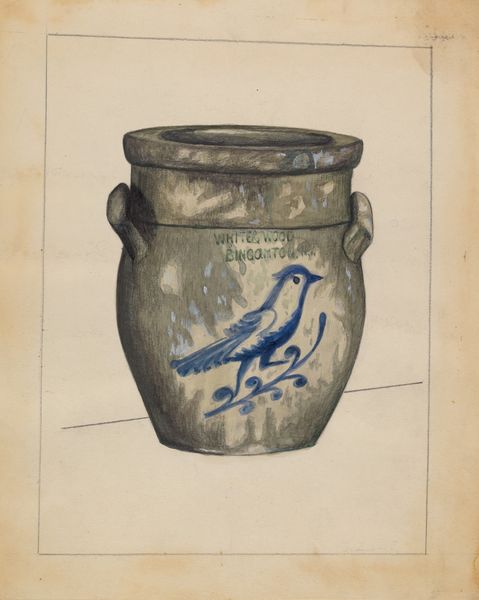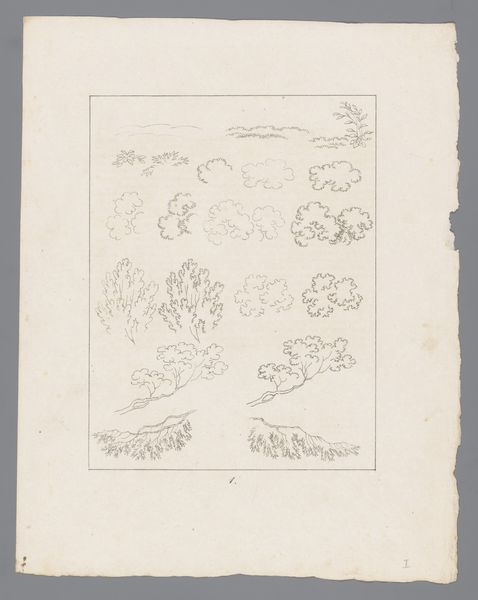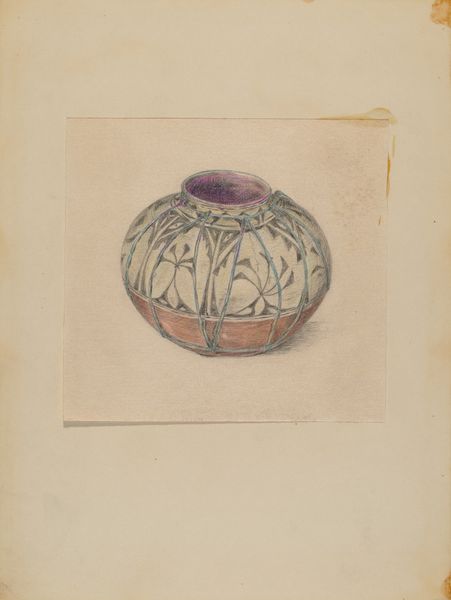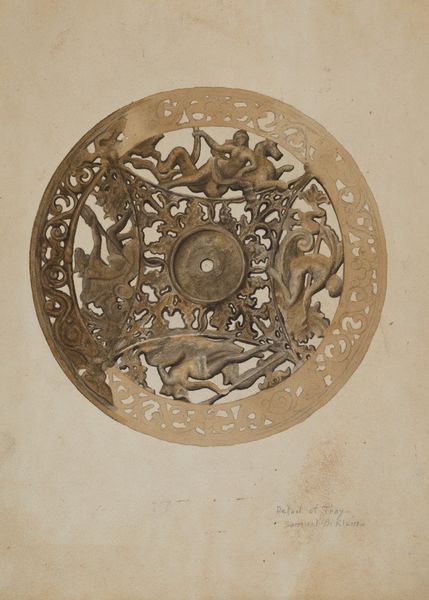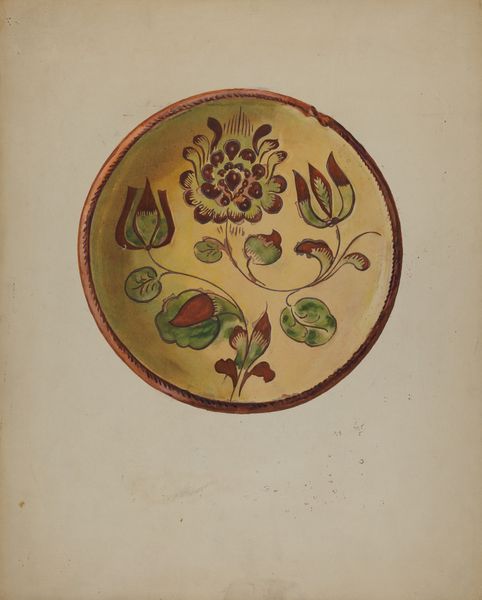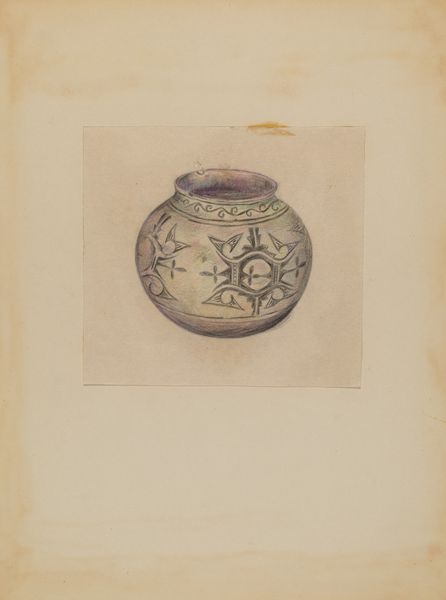
#
light pencil work
#
quirky sketch
#
old engraving style
#
vase
#
personal sketchbook
#
sketchwork
#
ink drawing experimentation
#
pen-ink sketch
#
sketchbook drawing
#
storyboard and sketchbook work
#
sketchbook art
Dimensions: height 199 mm, width 165 mm
Copyright: Rijks Museum: Open Domain
Editor: Here we have "Vase with Floral Motifs" by Theo Nieuwenhuis, dating from 1876 to 1951. It appears to be an ink sketch, full of delicate lines. It almost has an unfinished quality that I find really charming. What strikes you when you look at this piece? Curator: I am immediately drawn to the cultural context in which this sketch was produced. Nieuwenhuis, working during the late 19th and early 20th centuries, was part of a larger movement exploring decorative arts and design. How do you think the art institutions of his time might have received a piece like this, particularly one that feels so preliminary? Editor: I imagine it wouldn't have been displayed prominently. Sketches are often seen as preparation for a "real" artwork, not as artworks themselves. It feels like it offers an intimate look into his process. Curator: Precisely. And that "intimacy" you describe challenges our traditional notions of what constitutes "art." How might social class play into this? Was sketching considered a hobby for the upper class, or a professional tool, or both? Editor: That’s a great point. Maybe the ease with which Nieuwenhuis appears to create this sketch speaks to a certain level of comfort and privilege, as opposed to someone who struggled to get access to art materials. Curator: Exactly! Consider the Rijksmuseum acquiring this piece. What statement does that make about our contemporary values concerning art and its public role, especially when a museum displays a work which might once have been perceived as "unfinished"? Editor: I guess it signifies that process and experimentation are just as valuable as a polished final product. This conversation has broadened my appreciation for this seemingly simple sketch! Curator: And for me, it highlights the fascinating interplay between artistic creation, social context, and the evolving role of institutions in shaping what we deem worthy of attention.
Comments
No comments
Be the first to comment and join the conversation on the ultimate creative platform.
